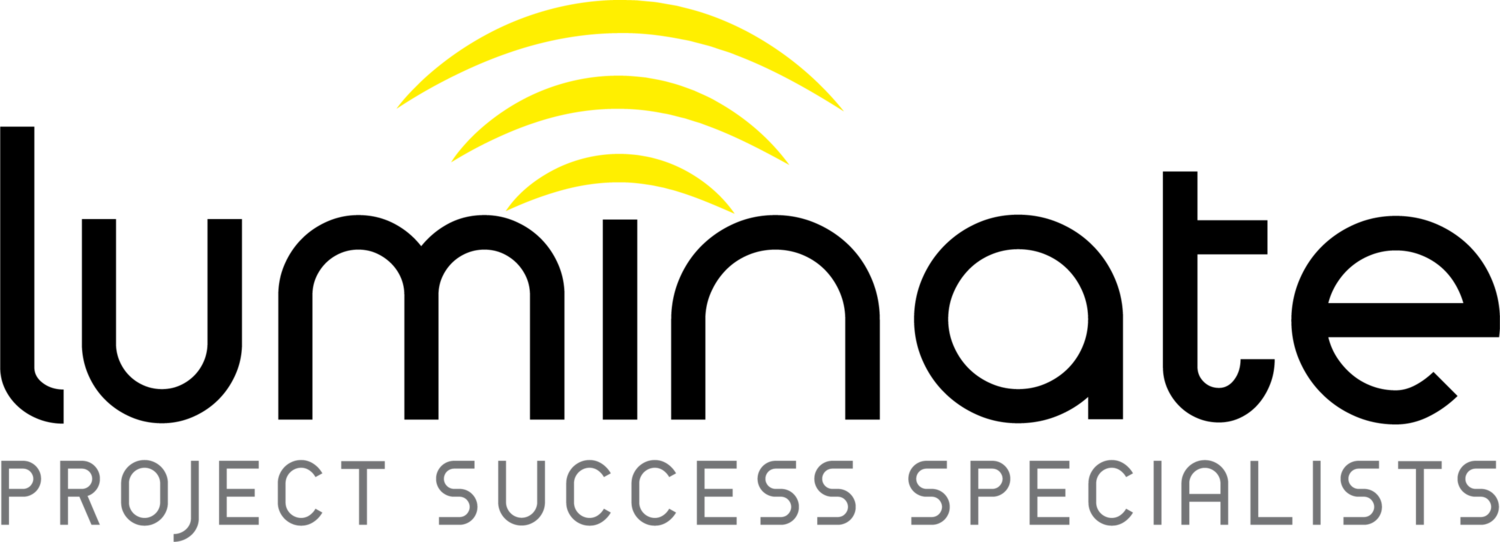Shortcuts. We’re all told not to take them. But if taking shortcuts delivers value more quickly, yet doesn’t follow the process … then what part of the equation is wrong? Make the shortcut the process. Otherwise subscribe to the philosophy that it’s better to ask for forgiveness than it is to ask for permission. God knows I’ve made a career out of doing just that. Project sponsors have a strong tendency to remember what got done and who did it, not how it was done. After all, their bonus is directly related to the former.
If the transactional norm is to not follow the process because everyone believes that the process is flawed, i.e. takes too long, serves no purpose, then change the process. Again, make the short-cut the process. Don’t make a scape-goat out of the individual who has been creative enough to find a way around the obstacle preventing value being delivered. Instead, reward that team member for their insight and innovation. Hold them and their behaviour up as exemplars and demonstrate that your business will empower teams and support constant improvement. Even (especially if) it means that what you had put in place is shown to be wrong or sub-optimal. The team needs to know that they free to optimise delivery and that people are valued over process.
Let’s take this a little further. What does this mean for you and your business? Do you or your management team subscribe to transactional leadership styles that focus on tight team supervision (aka as micro-managing) and dictatorial compliance? Do you promote compliance through the operation of a stick and carrot regime? Are you more focused on retaining the status quo, i.e. don’t rock the boat? Then you’re a relic of the past. If you’re not looking to influence the future and instead you’re focused on finding faults and deviations; then you’re no more than the corporate equivalent of a parking warden.
Focus on what matters. Strive to understand your internal and external customer pain points and empathise with the impact that these problems are creating. Work with your team to define smarter ways of working to relieve these pain points. Work with your team to prioritise these changes and identify actionable plans to deliver this change. Then once done, shout from the rafters. Evangelise the good stuff; the stuff that really matters. The incremental improvements that make it a better place to work; that drives motivation and morale. And that which delights your customers. That’s transformational leadership.
Bury the stick once and for all.


